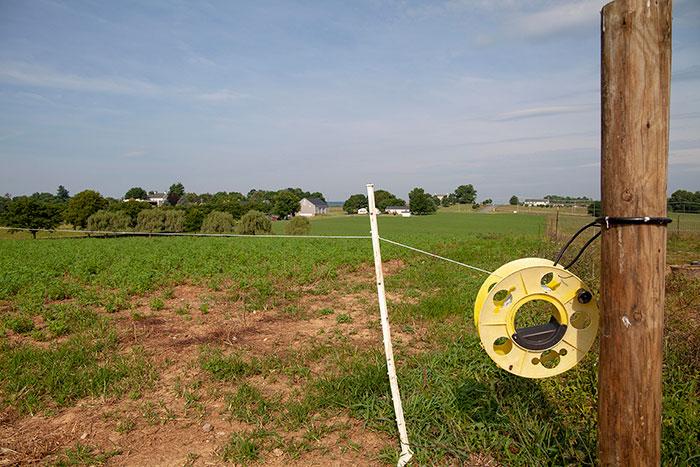During the fall, field areas were divided into paddocks using temporary electric fencing. The research treatments were a no-graze control, grazed in mid-October, or grazed in mid-November. Bred, dry cows weighing around 1,300 pounds were used for grazing. During the following June, forage yield was measured to ascertain the impact of the previous fall’s grazing treatments.For the alfalfa-grass stands, mid-October grazing reduced total stand first-harvest yield by 32 percent the following June compared to the no-graze treatment. Delayed grazing until mid-November reduced yield by 16 percent.For the pure alfalfa stand, the yield of October-grazed forage was reduced by 71 percent and by 45 percent for the November-grazed treatment compared to no fall grazing.The impact of fall grazing on different grass types in the alfalfa-grass mixture was variable. Timothy was the most adversely affected with a 79 percent yield reduction for the October grazing treatment and a 16 percent yield loss when grazed in mid-November compared to the no-graze treatment.Kentucky bluegrass yields benefited from both the October (plus 77 percent) and November (plus 42 percent) grazing treatments while quackgrass only benefited from being grazed in mid-October (Plus 61 percent. No response was seen for the November-grazed treatment).Mousel notes that more years of study are needed due to the varying nature of fall weather conditions from year to year. During the first year of this study, several frosts occurred before mid-October followed by a few warm days. Light frosts, followed by warm days, occurred into December. As such, the November grazing treatment really didn’t occur after a typical killing frost/freeze when plants were in full dormancy. The Midwest Forage Association is providing funding for this research.

